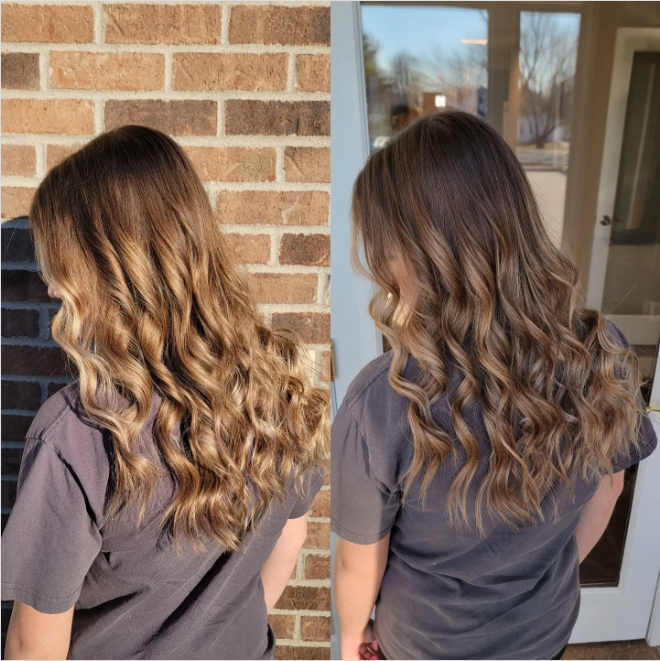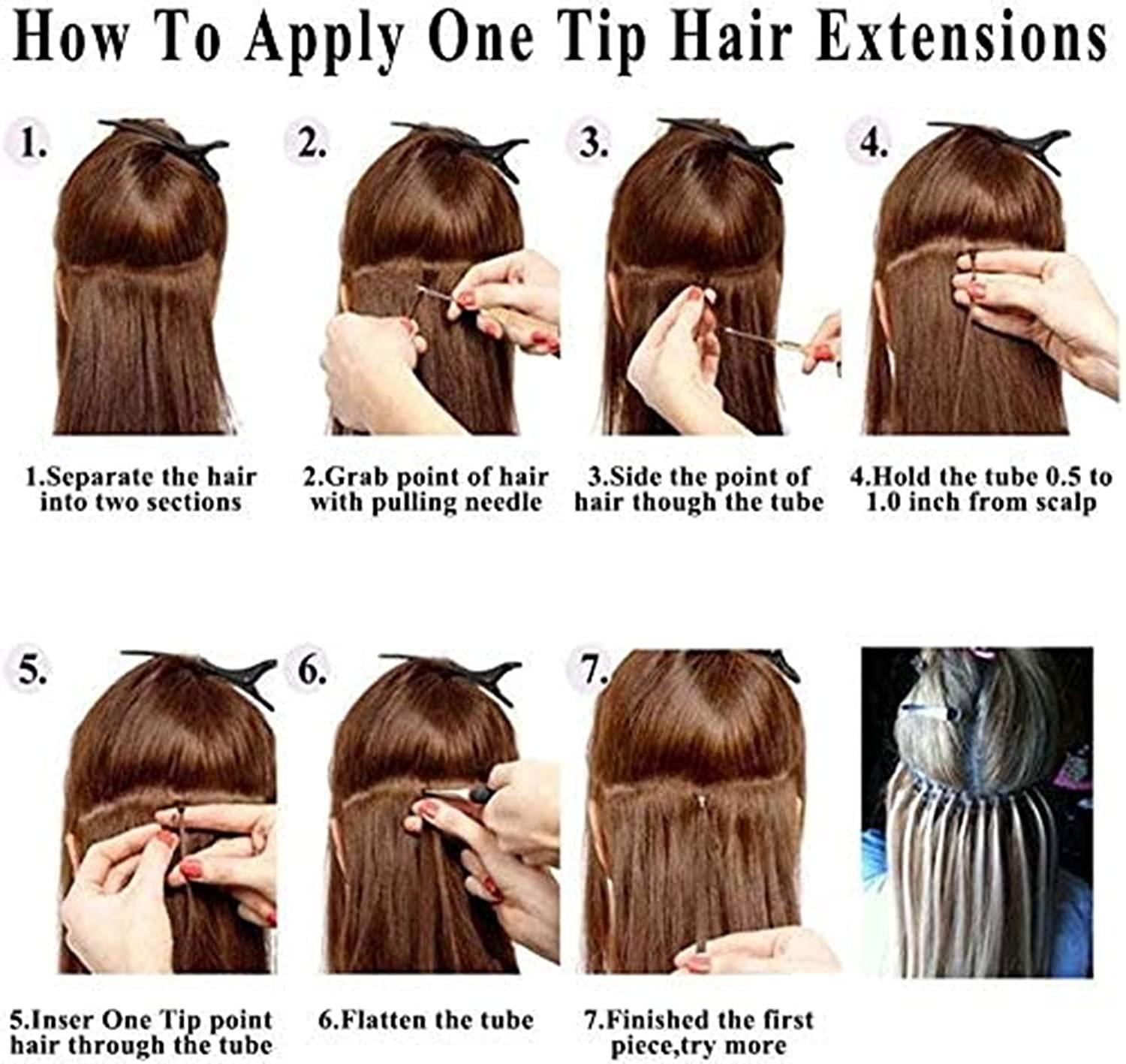Seamlessly Blending Hair Extensions: My Tried-and-Tested Approach
To blend hair extensions effectively, start by meticulously sectioning and clipping1 your natural hair. Position the extensions within your "safe zone2," which lies below the eyebrows, to maintain a natural and seamless appearance. To truly integrate the extensions with your natural hair, incorporating texture by curling both together is essential. Additionally, trimming or layering the extensions can further refine the silhouette, making them appear as if they naturally belong to you. As someone passionate about achieving natural hair aesthetics3, I understand the importance of these steps in minimizing the tell-tale signs of extensions. For salon owners or individuals alike, mastering this blending technique is the key to satisfaction and repeat business.
How Do I Blend My Hair with My Extensions?
One of the most common questions I encounter is how to truly merge extensions with one's natural hair. This process, while it sounds daunting, can be simplified with some organization and creativity.
Dive Deeper: The Art and Science of Integration
-
Careful Sectioning: Start by dividing your hair into horizontal sections, working from the bottom to the top. This precision ensures the extensions lay flat and blend flawlessly.
-
Placement in the Safe Zone: Ensuring extensions are below the eyebrow line prevents them from peeking out. It's like hiding a secret—it has to be well-guarded.
-
Creating Texture: Curl or wave is the hairstyle's magician. By giving both your extensions and natural hair a consistent wave, the transition becomes indistinguishable. Curlers or flat irons can be your best ally here.
-
Trimming and Layering: Extensions can often be a little too even and perfect. Take scissors in hand and layer or trim them to mimic the natural irregularities of real hair.
-
Pro Tip: Use a mirror for the back of your head to ensure all layers are blended. A second perspective can be pivotal.



